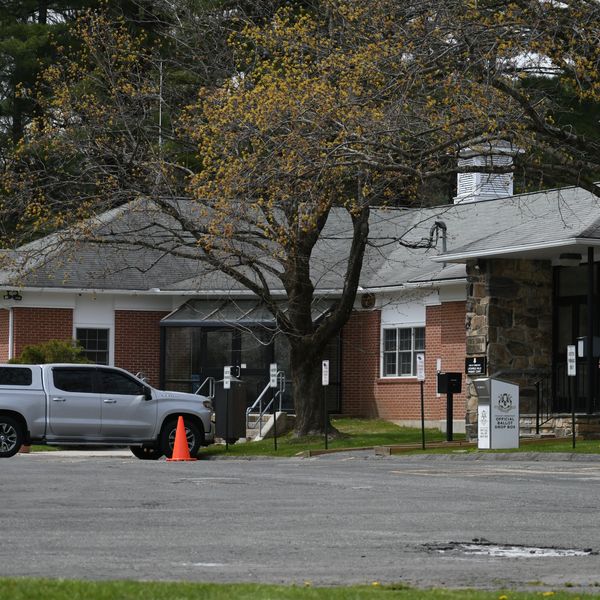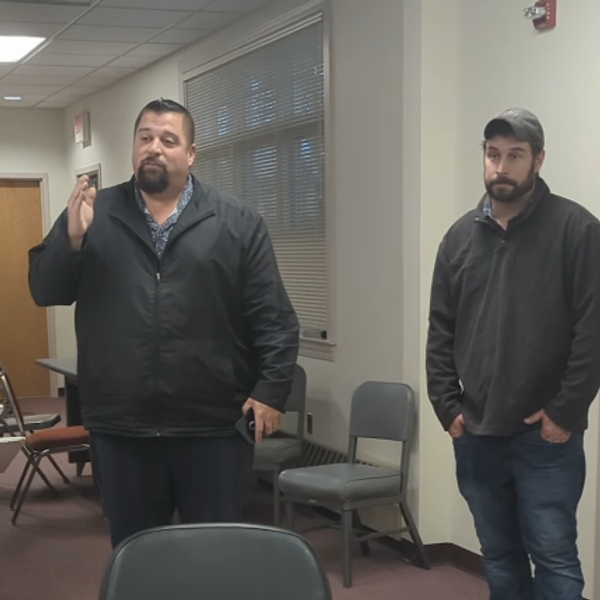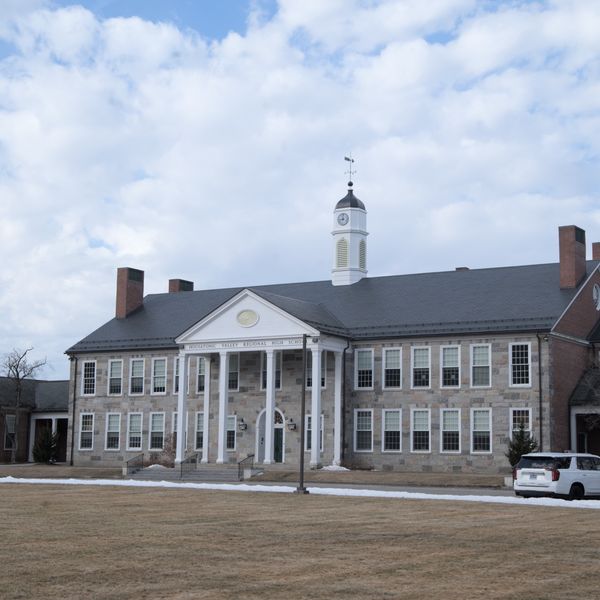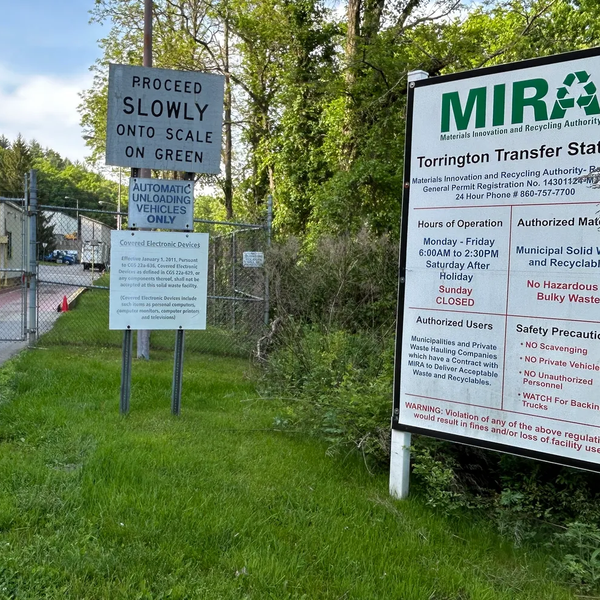Latest News
Kent hosts Gingerbread Festival
Dec 17, 2025
Lans Christensen
Shops on Main Street in Kent are a bit sweeter this month with the arrival of the Gingerbread Festival. Sugar palaces have been built at 10 locations, featuring classical designs, a gingerbread beach house and even a confectionery snow globe. They will be on display through the holidays.

12 days of Cornwall
Dec 17, 2025
Riley Klein
West Cornwall was filled with holiday spirit Saturday, Dec. 13, as the 12 Days of Christmas Open Air Gallery kicked off. Attendees moved around town using a numbered map to view window displays inspired by the classic song. Each number corresponded to a location and a specific design, including “6 Geese a Laying,” created by Moon Zappa in the Cornwall Conservation Trust’s window, and “8 High Flying Dairy Darlings,” shown above, by Kate Ward at the Souterrain Gallery.
Young visitors collected stickers at each stop to earn a prize. A warm opening reception was held at the Wish House, featuring pastries and “Santa’s Gluhwein,” a mulled wine served warm. The displays will remain on view through the holidays.

Keep ReadingShow less
Leo and Brook Martinez, who make up the father and son duo, the Mystery Twins, perform at the Holiday Extravaganza in Falls Village on Saturday evening as a young audience member studies them with interest.
L. Tomaino
FALLS VILLAGE — Bright holiday lights, a decorated tree and live music set the scene Saturday, Dec. 13, as residents gathered at The Center on Main for the Falls Village Holiday Extravaganza.
Adam Sher, MC for the event, welcomed attendees and asked, “What is an extravaganza?” After audience comments, it was decided that “extra means more.” The last two parts of the word come from wandering and celebration.
Sher totaled this up: “We are wandering from our traditional way of being into the holiday spirit and an extra way of being.” He continued, “We will have a few acts to help us wander.”
The first act was Sher himself singing “All I want for Christmas is You” as he played the guitar and encouraged the audience to join in. “Eight Days of Hannukah” was next. He finished with “Someday at Christmas.”
Next came author Anne Bidou who read an excerpt from her young adult novel, “Girl in the System: A True Chicago Orphan Story.”Her reading brought to mind snowy days and the excitement of snowball fights.
Sher then introduced, “Everybody’s favorite duo, Brook and Leo Martinez also known as ‘The Mystery Twins.’”While Leo played electric guitar and his father acoustic, they sang “White Winter Hymnal,” followed by Paul McCartney’s “Blackbird”.
Next Ruby Cammann sang an acapella version of “Hark the Herald Angels Sing.”
Then, Lara Mittaud on piano, Rachel Gall on violin and Dathalinn O’ Dea on the tin whistle played a series of lively jigs. Mittaud and Gall segued into a baroque piece.
Then the audience sang “Here We Go A Wassailing” accompanied by Gall and Mittaud as they made their way out to the town green for the tree lighting.
Before lighting the tree, First Selectman Dave Barger commented on the “fantastic turn-out” noting that there were 75 to 100 people. He thanked the organizers: The Center on Main, co-sponsor Hunt Library, his fellow selectmen, the Recreation Committee and the public works department who set up all the lights.
As the tree lit up, Gall played “Oh, Christmas Tree” on her violin, followed by “Jingle Bells” and finally “Here Comes Santa Claus” as a firetruck decorated with multi-colored lights approached and Santa Claus emerged to lead the way back to the Center on Main, where he was available to listen to Christmas wishes.
While warming themselves and waiting to talk to Santa, cookies and cocoa were available to all.
Keep ReadingShow less
Thanks for supporting Salisbury Winter Sports
The directors of the Salisbury Winter Sports Association would like to thank all of those who donated, purchased and attended our annual Ski and Skate Sale this past weekend.
We also greatly appreciate the use of the space that the Lakeville Hose Company allows us to use and their continued support for our community organizations.
Ken Barker
President
Salisbury Winter Sports Association
Salisbury
Keep ReadingShow less
loading









